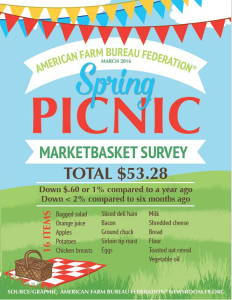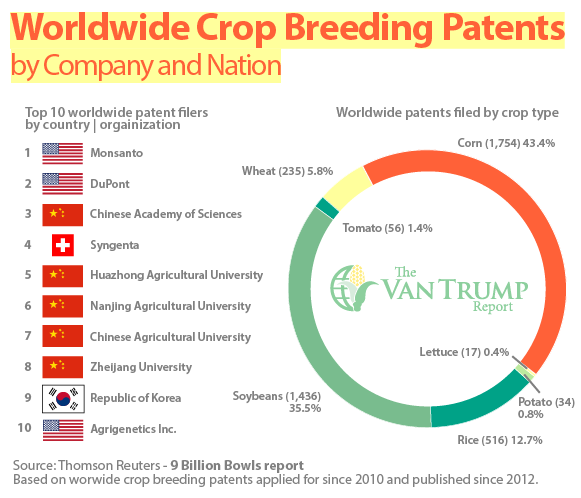Eggs Prices Up, Salad and OJ Down
The American Farm Bureau Federation’s Spring Picnic Marketbasket Survey decreased from last year thanks to lower prices for several foods, including salad, orange juice, shredded cheddar, ground chuck, sirloin tip roast, vegetable oil, white bread, ground chuck, deli ham and orange juice. The informal survey shows the total cost of 16 food items that can be used to prepare one or more meals was $53.28, down $.59 or about 1 percent compared to a survey conducted a year ago. Of the 16 items surveyed, ten decreased and six increased in average price. Egg prices are up sharply from first quarter of 2015, a year ago but are down even more sharply from the third quarter of 2015. This shows the effect of the HPAI (High Pathogenic Avian Influenza) event last year. Prices on the beef items in the marketbasket – ground chuck and sirloin tip roast – peaked in early 2015 at record high levels. Since then, a combination of increasing beef production, weaker exports, and lower competing meat prices have led to modest price declines. Dairy product prices also remain relatively low. At $4.29 for a one-pound bag, shredded cheddar cheese price is at the lowest price in this survey since the third quarter of 2012. The whole milk price rose almost 3 percent from the third quarter of last year, but that third quarter price was the lowest price in the survey since 2010. (Source: American Farm Bureau Federation) 
